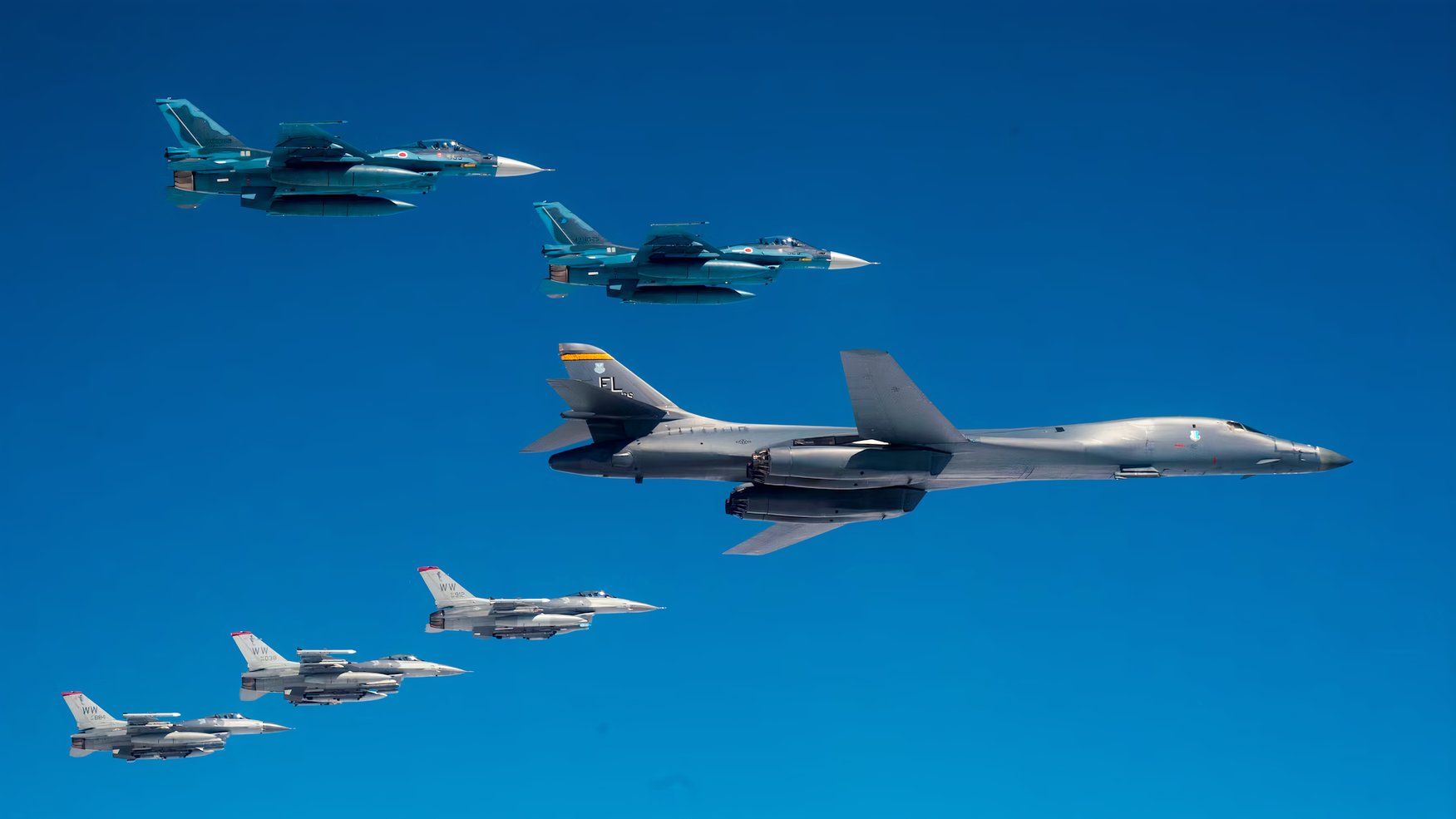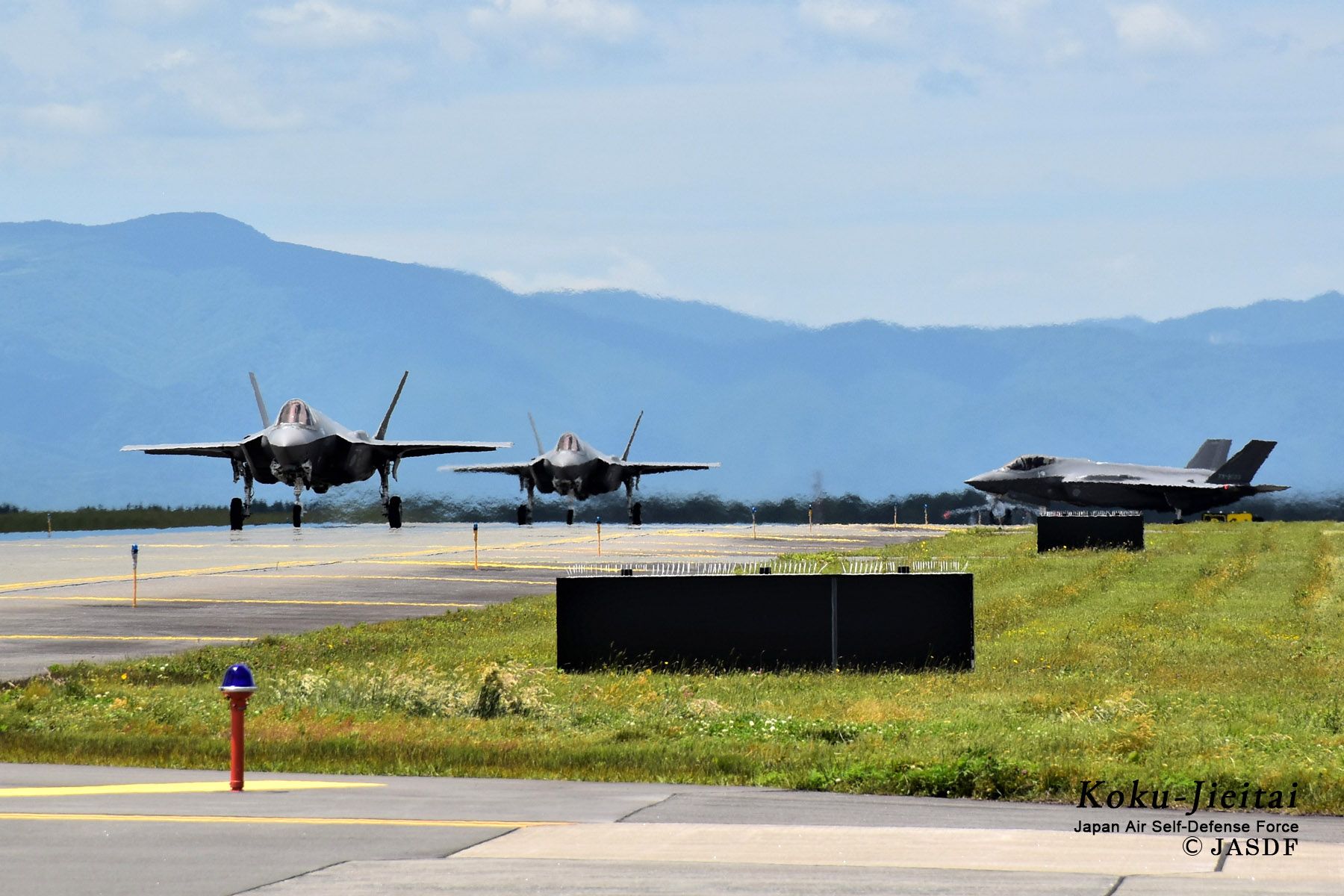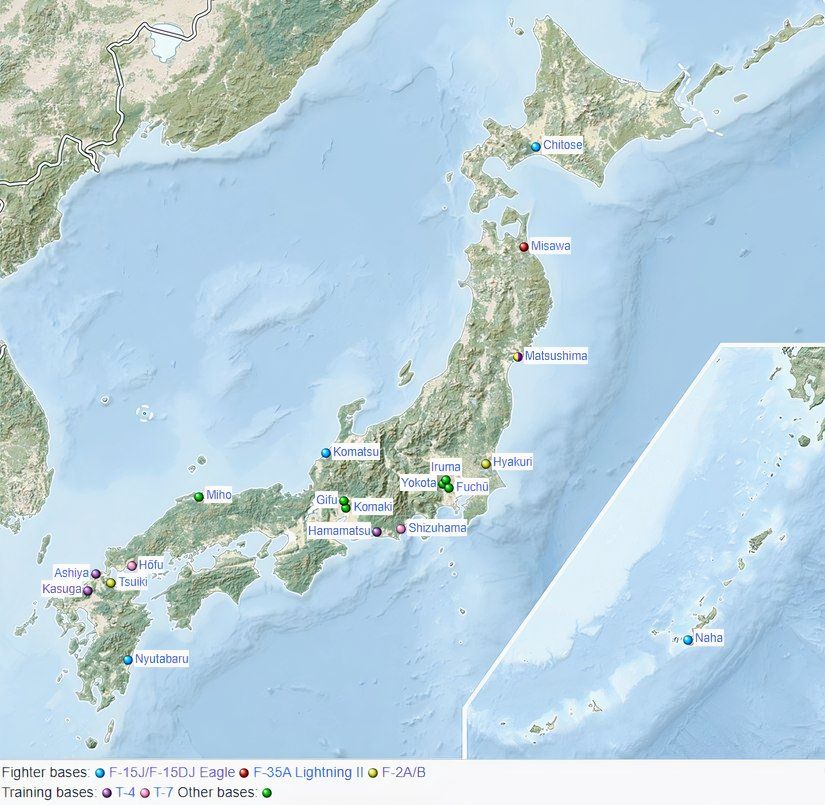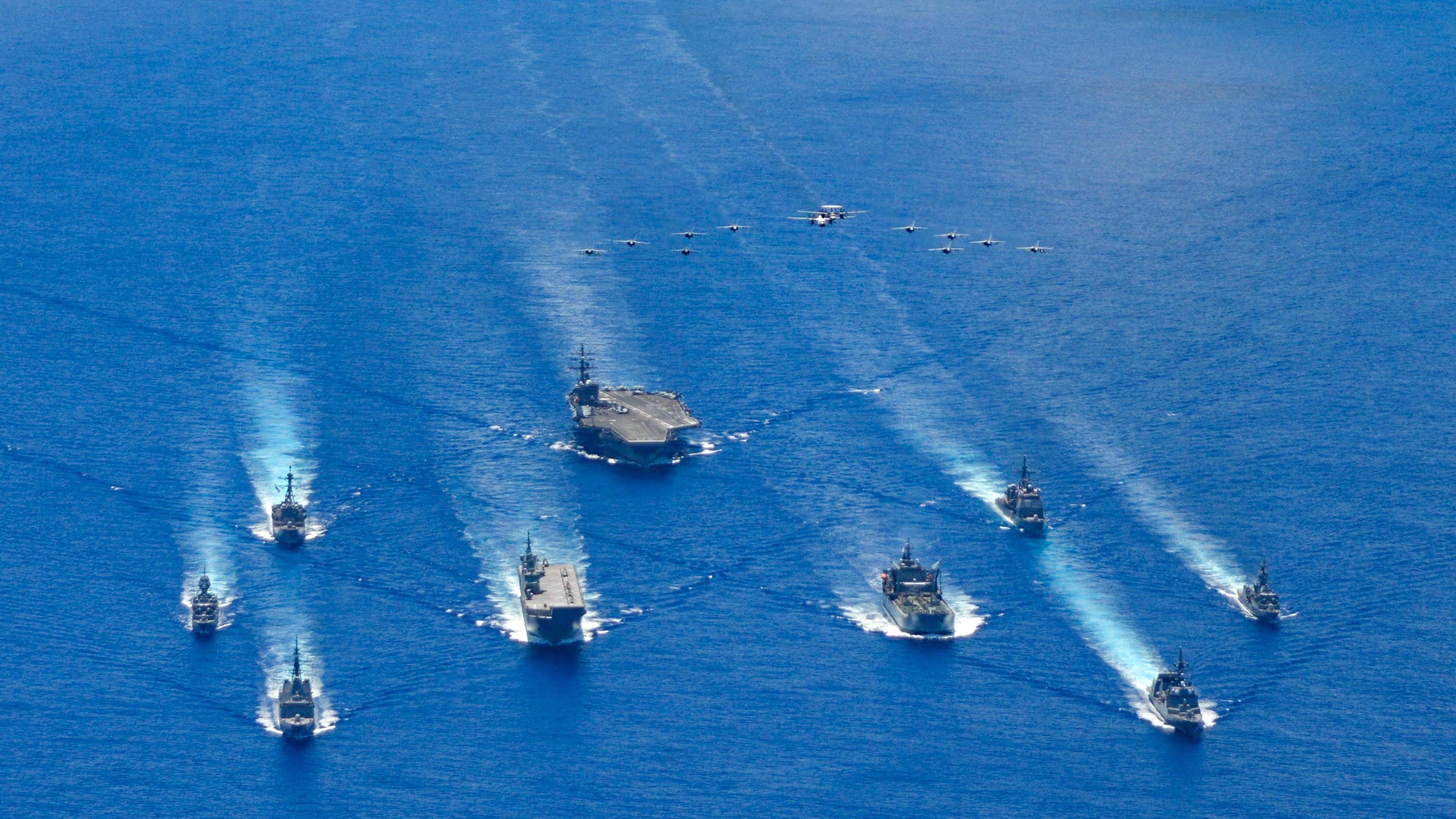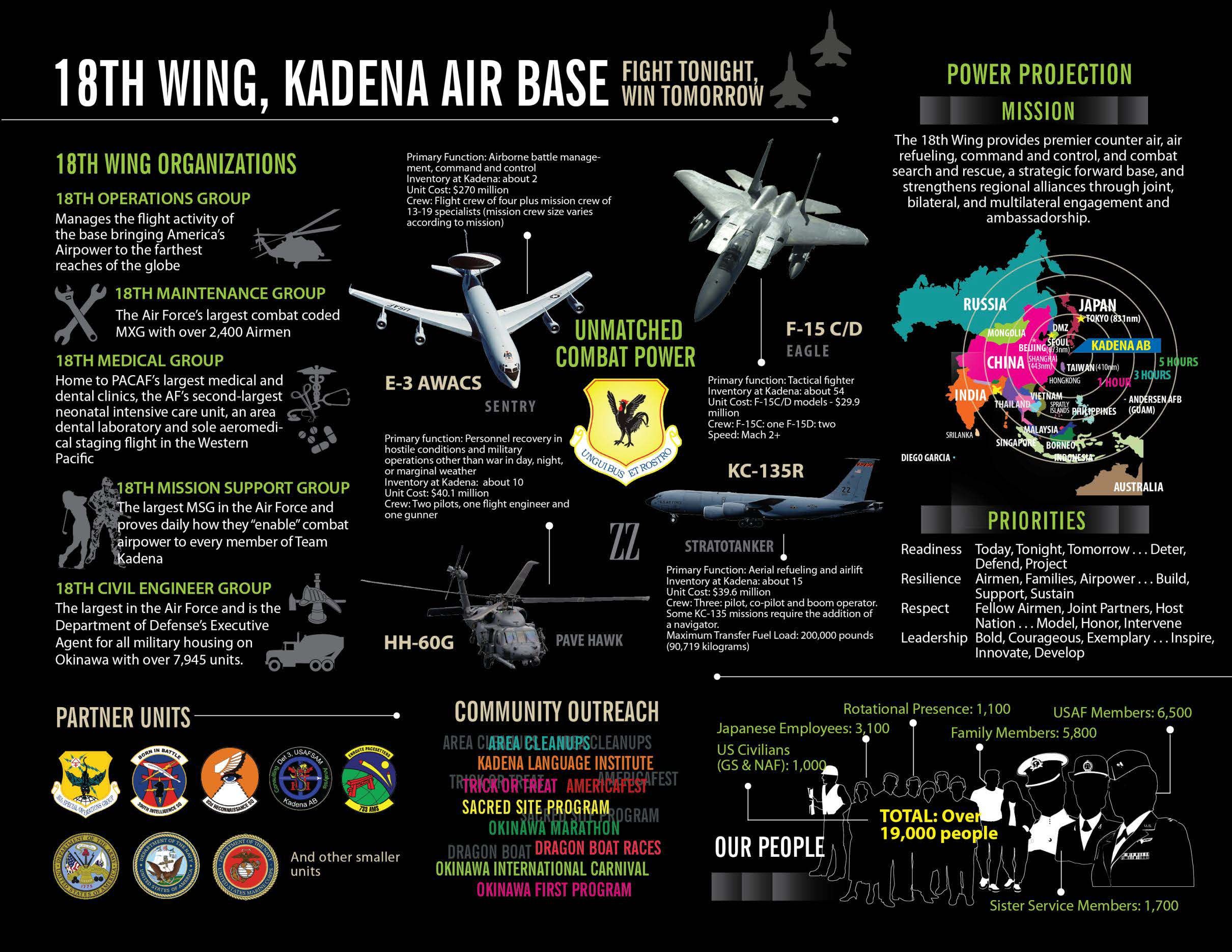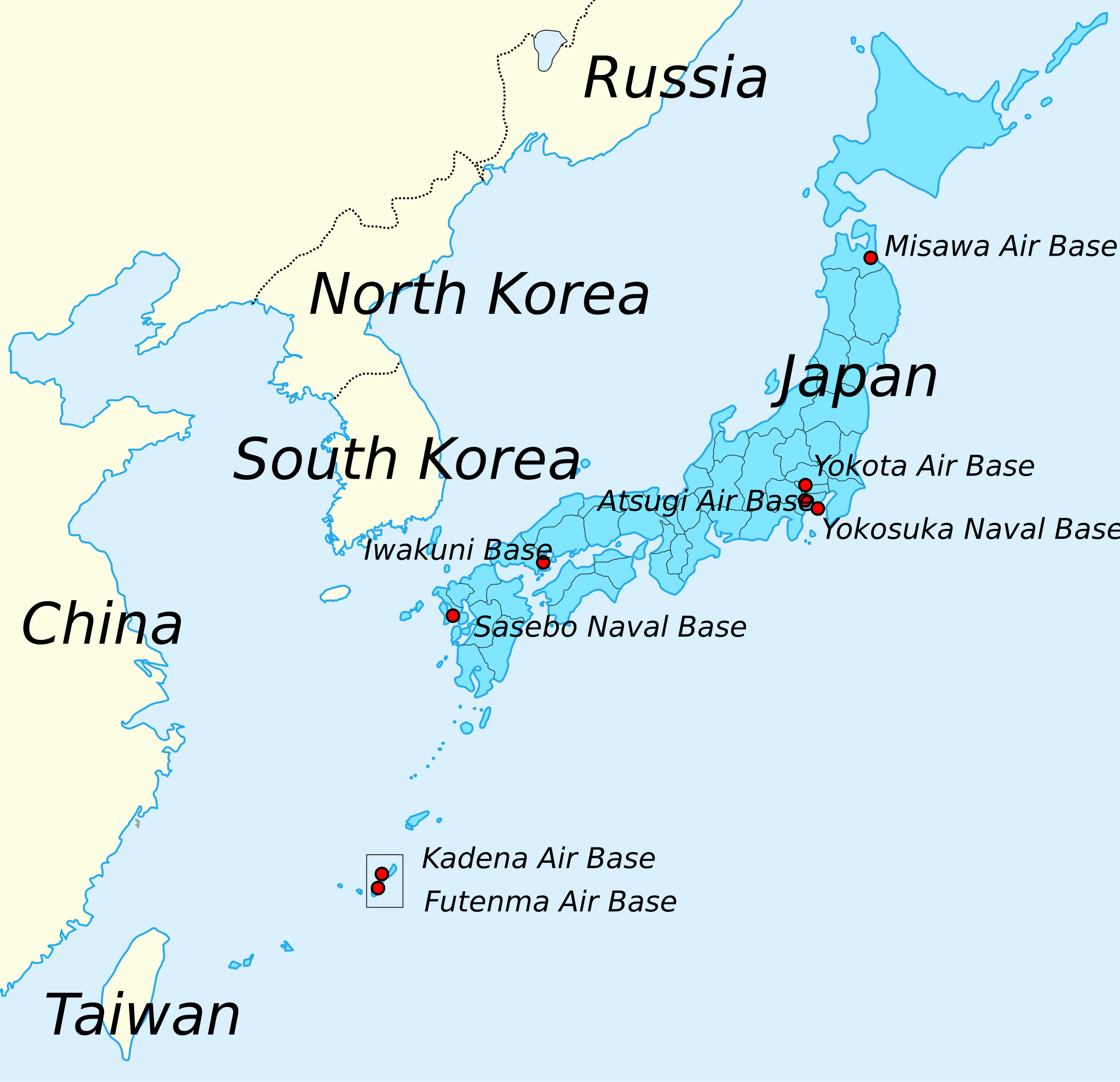The US military and Japan’s
Self-Defense Forces (SDF) have a long standing alliance that become increasingly aimed at countering China’s growing military influence in the Indo-Pacific region. This partnership is rooted in the post-war ( World War 2
) security alliance, which ensures mutual defense and cooperation in response to regional threats.
In recent years, joint exercises in the Pacific
have gained more global attention as the US strategic
focus shifts more and more to the region. Intelligence, Surveillance, and Reconnaissance (ISR) coordination is primarily conducted in the East and South China Seas. Here, China
makes frequent incursions into disputed territories with their ships and in recent years has fortified disputed islands to serve as forward operating bases.
Photo: Japan Ministry of Defense
They have established overseas naval operating bases in at least one and likely two other nations. Just this year, the first Chinese military aircraft was flown directly into Japanese national airspace
– in violation of international law.
At 11:29 a.m. on Aug. 26, a Chinese Y-9 military reconnaissance plane violated Japan’s territorial airspace over the Danjo Islands of Nagasaki Prefecture in western Japan. According to the Japanese Defense Ministry, this is the first time that a Chinese military aircraft has violated Japanese airspace. – The Japan News, Yomiuri Shinbun
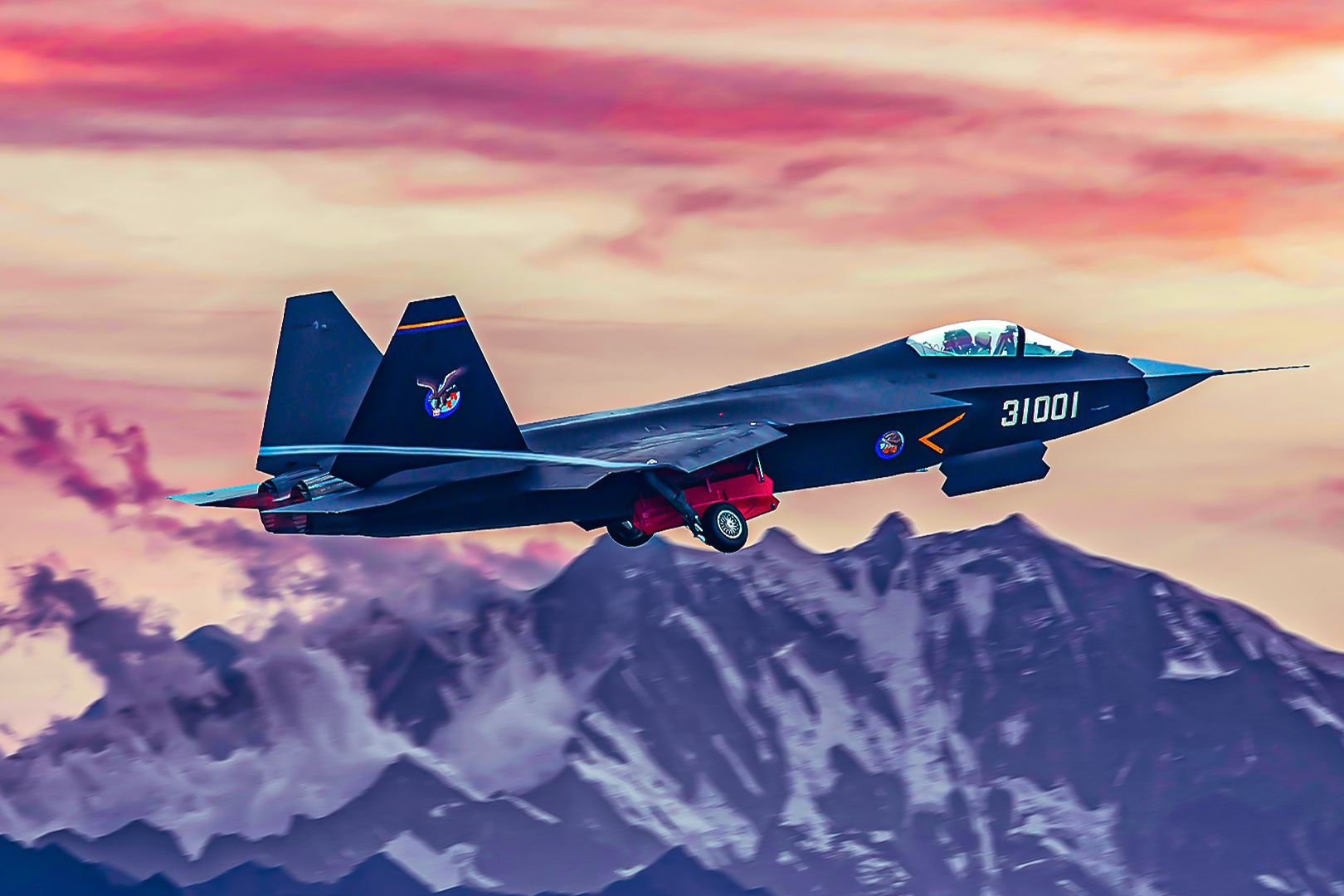
The Chinese Air Force Of Tomorrow: Combat Aircraft Under Development
China is known to be developing stealth bombers and 5th—and 6th-generation fighters, but their development is secret, so little is known about them.
Japanese Self Defense Force
US military
and Japanese SDF cooperation spans all military branches—land, air, and sea—through joint exercises, intelligence sharing, and defense coordination. The Japan Air Self-Defense Force (JASDF) and US Air Force cooperate on integrated air and missile defense to counter threats from Chinese missiles
, while maintaining air superiority with joint drills and surveillance missions.
On land, the Japanese Ground Self-Defense Force (JGSDF) trains with U.S. forces for rapid response and amphibious operations, key for defending remote islands. Meanwhile, the Japanese Maritime Self Defense Force (JMSDF) deploys advanced destroyers, submarines, and patrol aircraft, like the P-3C Orion (which is likely to be replaced by the P-1 soon).
Photo: Wikimedia Commons
The JMSDF growing fleet of assault carriers and plans for two of the largest surface vessels in the world are clear efforts to meet the Chinese naval threat. This partnership strengthens deterrence, enhances readiness, and ensures both countries can respond effectively to Chinese threats.
Partnership in Innovation
Chinese warplanes frequently perform aggressive maneuvers intended to provoke the US and Japanese forces that conduct freedom of navigation operations in international air space. As part of the post-war alliance, the US
maintains a significant military presence in Japan, including air bases and naval fleets, which ensures rapid, coordinated responses to any threats posed by China
, strengthening regional stability.
In addition to a physical military presence, the US and Japan have a long-standing partnership of co- developing technology
. The Japanese SDF uses a great deal of American sourced equipment but they also produce much of it under license or in joint. Additionally Japanese companies like Mitsubishi Heavy Industries have independently developed
upgrades and new equipment or developed alongside American companies.
Photo: US Navy
Japanese bases perform maintenance on American equipment and likewise American companies perform upgrades and maintenance for SDF aircraft. Below is a short list of just a few examples of co-developed/produced aircraft:
-
The JASDF
F-15J/DJ Air Superiority Fighter (produced by
MitsubishiHeavy Industries on license from Boeing)
-
The JASDF
F-2A/B Multirole Fighter (produced in a 60/40 split by Mitsubishi and
Lockheed Martin)
-
The JASDF E-2C Airborne Early Warning Aircraft (AEW) (made in the USA by
Northrop Grumman)
- The JASDF E-767 Airborne Warning and Control Aircraft (AWACS) (produced jointly by Boeing and Japanese contractors)
-
The JASDF C-130 Tactical Air Lifter (made in the
USAby Lockheed Martin)
-
The JGSDF AH-64D Attack
Helicopter(produced by Fuji Heavy Industries on license from Boeing)
-
The JGSDF AH-1S Attack Helicopter (produced by Subaru based on the
BellAH-1 Cobra)
- The JGSDF UH-2 Tactical Lift Helicopter (produced by Subaru based on the Bell UH-1 Huey)
US Navy Flat Tops
USN Carrier
Strike Groups (CSGs) and the JMSDF collaborate closely in preparation for joint operations to counter China’s growing maritime power in the Indo-Pacific. They conduct regular naval
drills to enhance interoperability and strengthen deterrence in response to the Chinese surface and sub-surface fleet. These operations focus on anti-submarine warfare, air defense, and maritime surveillance – all essential for countering China’s naval presence and expanding influence.
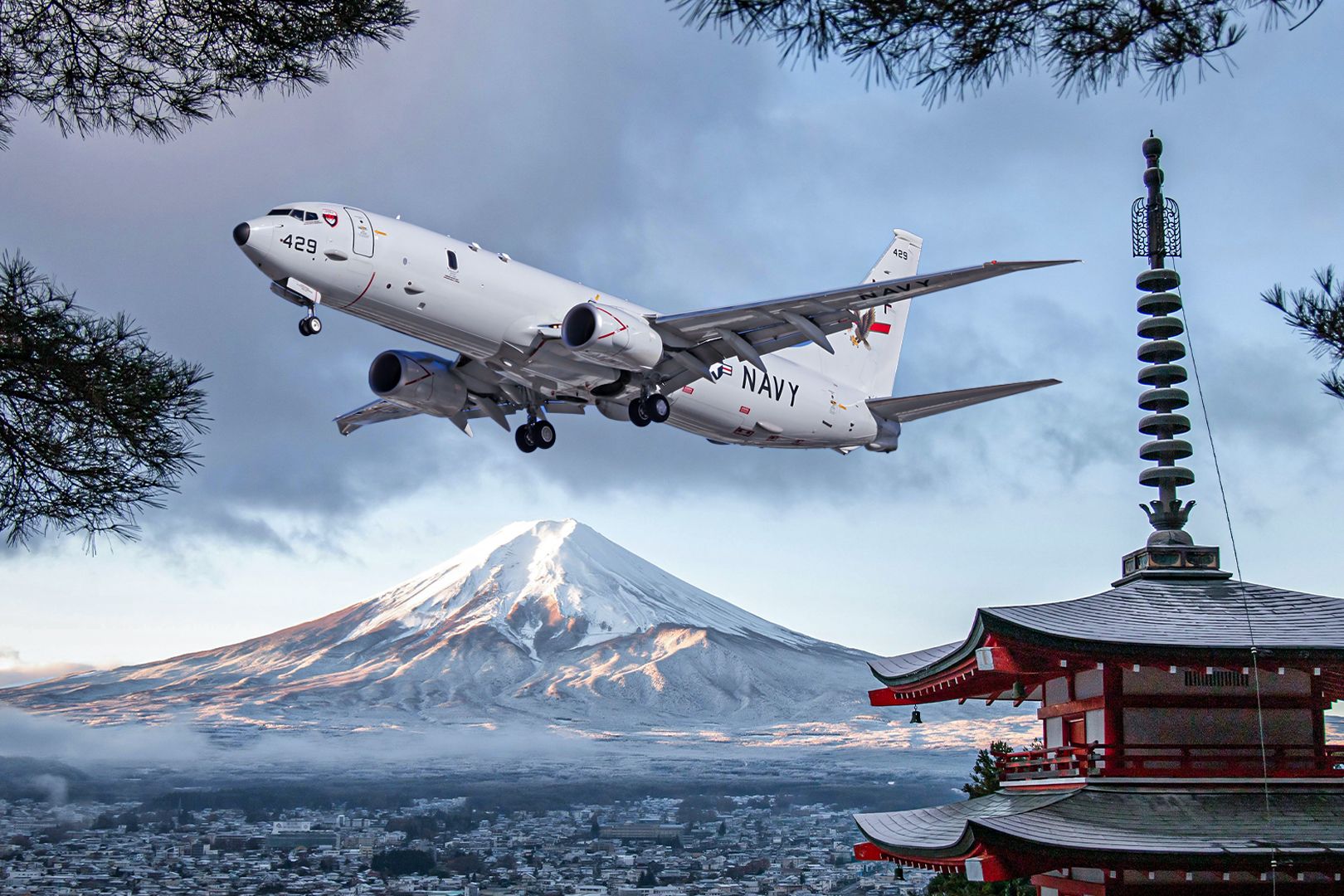
Related
How Does The P-8 Poseidon Enhance Maritime Patrol & Anti-Submarine Warfare?
The P-8 Poseidon plays a critical role in maritime patrol and combating enemy surface and submarine fleets.
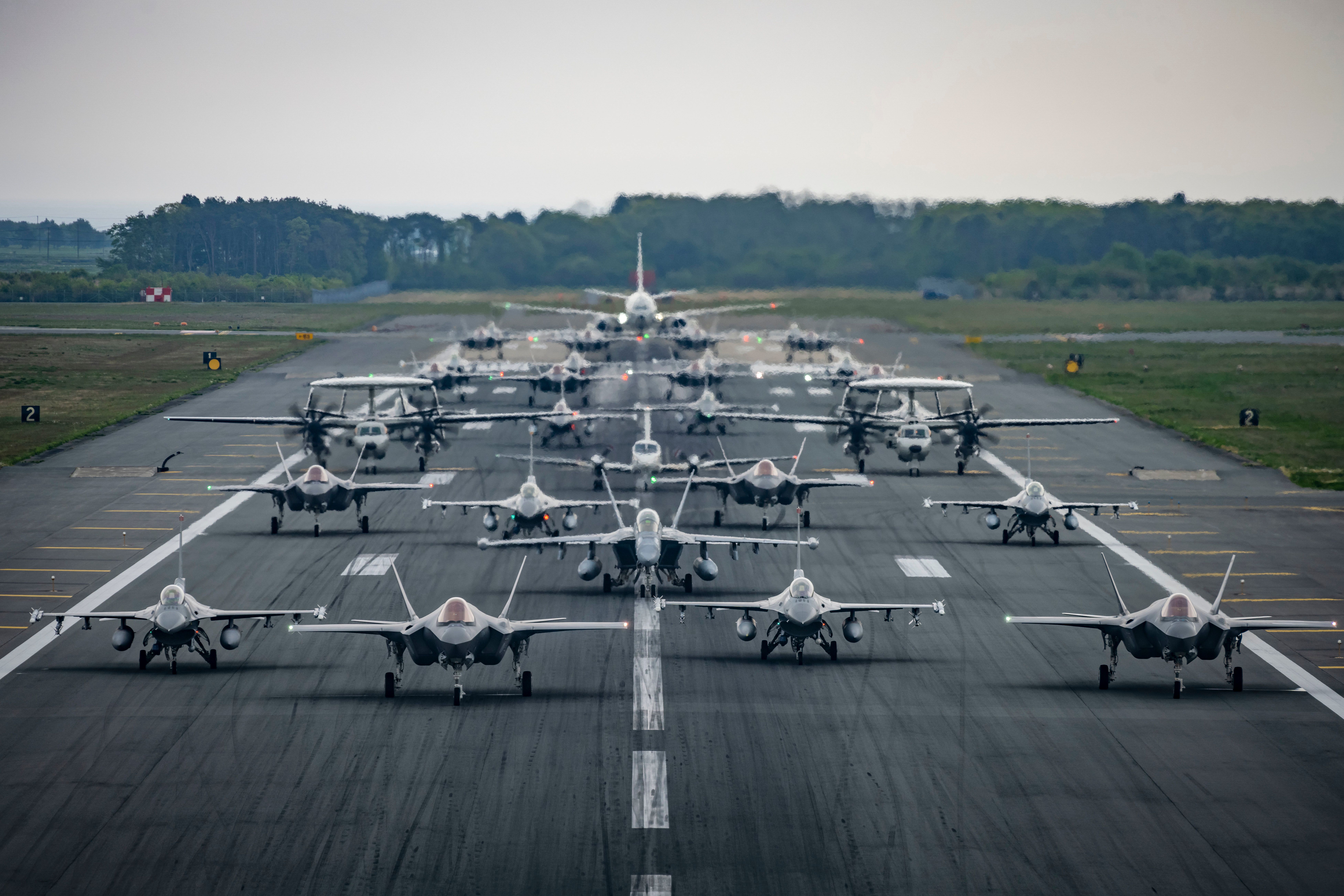 Joint Exercises
Joint Exercises
US-Japan joint military exercises, such as Keen Sword and Malabar, deter China by showcasing both nations’ readiness and ability to respond to regional threats. These drills focus on air, sea, and land operations, improving interoperability and strengthening combined defense capabilities.
Photo: US Air Force
By practicing anti-submarine warfare, air defense, and amphibious landings, the US and Japan demonstrate their preparedness to defend against Chinese aggression. The high visibility of these exercises sends a clear message to China, reinforcing the U.S.-Japan alliance’s commitment to regional security and stability.
US Bases in Japan
Bases throughout Japan serve as critical points for power projection, defense, and rapid response to regional threats, particularly in countering Chinese military activities in the East and South China Sea
s. The US Air Force maintains an especially strong presence in Japan and given the increasing frequency and growing boldness of Chinese aggression, that is only expected to grow. Here’s a list of major U.S. military bases in Japan and their roles:
1. Yokota Air Base (Tokyo)
-
Branch:
U.S. Air Force - Purpose: Serves as the headquarters for U.S. Forces Japan (USFJ) and the Fifth Air Force. It supports airlift operations, air defense, and logistical coordination for military activities across the region.
2. Kadena Air Base (Okinawa)
- Branch: US Air Force
- Purpose: One of the largest US air bases in Asia, it hosts a variety of fighter, refueling, and reconnaissance aircraft. Its strategic location supports air superiority and rapid response throughout the Indo-Pacific.
3. Marine Corps Air Station Futenma (Okinawa)
-
Branch:
U.S. Marine Corps - Purpose: Key air operations hub for Marine Corps aviation in the region, supporting air transport, helicopter, and tilt-rotor operations for rapid response to regional threats.
4. Camp Schwab (Okinawa)
- Branch: US Marine Corps
- Purpose: Hosts infantry units for training and deployment, supporting ground operations and amphibious assaults.
5. Naval Base Yokosuka (Kanagawa)
-
Branch:
U.S. Navy - Purpose: Headquarters of the US Seventh Fleet, which conducts naval operations across the Western Pacific and Indian Oceans. It supports the forward deployment of US naval assets, including aircraft carriers and destroyers.
6. Misawa Air Base (Aomori)
- Branch: US Air Force
- Purpose: A joint US-Japan air base used for intelligence, surveillance, reconnaissance, and tactical fighter operations in the Pacific.
Photo: Wikimedia Commons
7. Camp Zama (Kanagawa)
- Branch: US Army
- Purpose: Headquarters for US Army Japan, responsible for command and logistical support. It oversees operations and coordination with Japanese ground forces.
8. Marine Corps Base Camp Smedley D. Butler (Okinawa)
- Branch: US Marine Corps
- Purpose: Supports Marine ground forces in Okinawa, focusing on training, rapid deployment, and regional defense capabilities.
9. Naval Air Facility Atsugi (Kanagawa)
- Branch: U.S. Navy
- Purpose: Supports carrier-based flight operations, air patrols, and naval air logistics.

